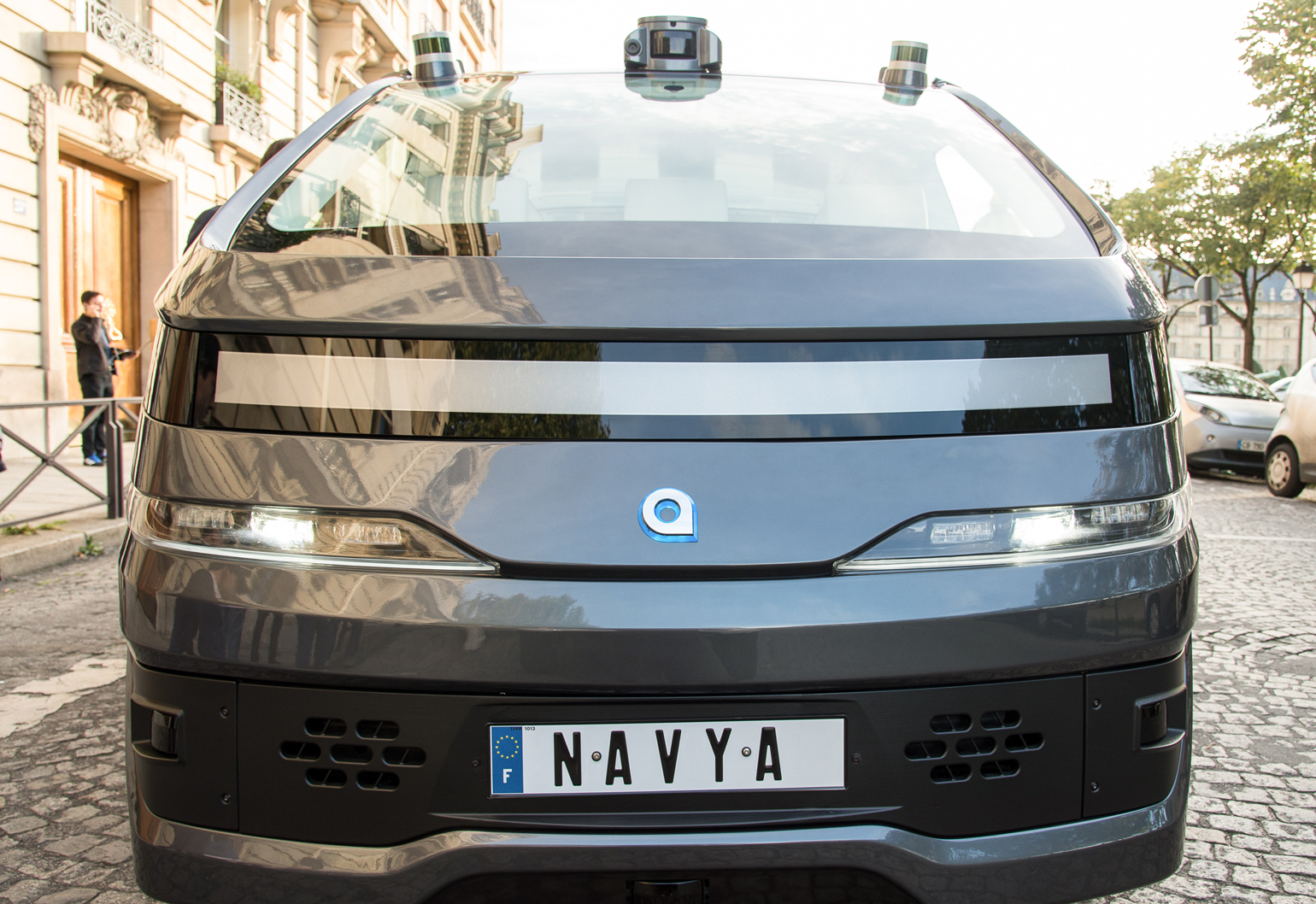The driverless cars revolution is gaining traction, with two Australian cities announcing trials of the groundbreaking technology.
Western Australia and Victoria have both announced that cities in their respective states will embark on projects to bring our nation up to speed with international developments in driverless cars.
Starting in April this year, Perth will become one of only three cities in the world to pioneer the French-designed NAVYA electric Autonom.
Autonoms have neither steering wheels nor pedals, and use the inputs from a combination of cameras, sensors, GPS, odometry and inertial measurement to feed machine learning programs that guide the vehicles and detect hazards.
The WA government has flagged safety, affordable transport and future jobs as the drivers for this trial, as well as the prestige of leading the international pack.
“The autonomous vehicle revolution is coming and WA has the potential to be at the cutting edge of this new technology,” said WA Innovation and ICT Minister Dave Kelly.
NAVYA’s Autonom cab on the streets of Paris.NAVYA has designed two driverless vehicles under the Autonom banner: a six-seater ‘cab’ and a shuttle that can transport up to 15 people. These are both designed for the shared transportation sector.
While the upcoming trial will take place in a closed circuit under controlled conditions, WA is also testing the technology in the real world. Curtin University is shuttling students around campus in an automated bus, and the general public will also get a chance to experience a driverless shuttle-ride in a staged trial being conducted by RAC WA.
Satellite imaging updates
One challenge of driverless navigation is access to accurate satellite positioning data. In a recently announced trial to be conducted by VicRoads, a world-first upgrade to the Satellite-Based Augmentation System (SBAS) will be given a test run.
The Australian- and New Zealand-funded trial is worth $14 million. In December 2017 it was showcased in style, with a SBAS-enabled highly automated driving (HAD) vehicle doing a lap of honour around the Melbourne Grand Prix Circuit.
Second generation SBAS (SBAS-2) signals were switched on at the Lockheed Martin uplink station at Uralla, New South Wales in September last year.
According to Federal Minister for Resources Matt Canavan, VicRoads would be the first to test these signals, which upgrade positioning accuracy from around 50 cm to just 10 cm.
“It is the first time anywhere in the world SBAS-2 signals have been transmitted. Australia is also the first country in the world to trial Precise Point Positioning corrections integrated into an SBAS service,” Canavan said.
Safety first?
Assistant Minister for Industry, Innovation and Science, the Hon Craig Laundy MP during a test run of the SBAS-equipped driverless car.While stressing that automation will not replace the need for safety regulations, law enforcement and education, Dr Mark Rosekind, the chief safety officer of automated vehicle developer Zoox, is a strong advocate for its safety benefits. He said that 94 per cent of crashes are due to human factors.
“Self-driving cars will not speed or get drunk or get drowsy or make bad decisions. Too many lives are being lost. Too many people are being hurt. The road toll is a global epidemic and the numbers are going up,” he said.
Reducing the road toll with automation is the focus of VicRoad’s “Towards Zero” safety strategy.
0 to 100 in no time
These potential safety benefits are one reason why the push towards driverless cars has accelerated. It might not be too long before automated vehicles are an everyday experience. Rosekind said that driverless cars will hit our roads within a year or two and will outnumber their manually driven counterparts in the next three decades.
“Science fiction is becoming reality. We are in a mobility revolution — the most transformative period in transportation in the last 100 years. It’s like the horse and buggy to the internal combustion engine,” Rosekind said.
Other industry punters are more conservative in their estimates of the speed at which automated cars will take over. Director of Autonomous Vehicle Integration for General Motors Scott Miller predicts that it would be between 10 and 15 years before our cars will be driving themselves.
Whether the revolution takes one year or 10, Australia needs to invest in technology and development now to keep up. And according to Federal Minister for Resources Matt Canavan, we can do better than that.
“The SBAS trial is the first step to ensuring that Australia is not only keeping up with the rest of the world but is setting the pace,” he said.



Comments 1